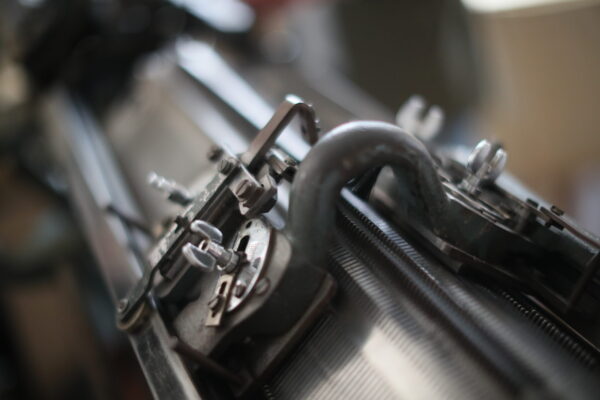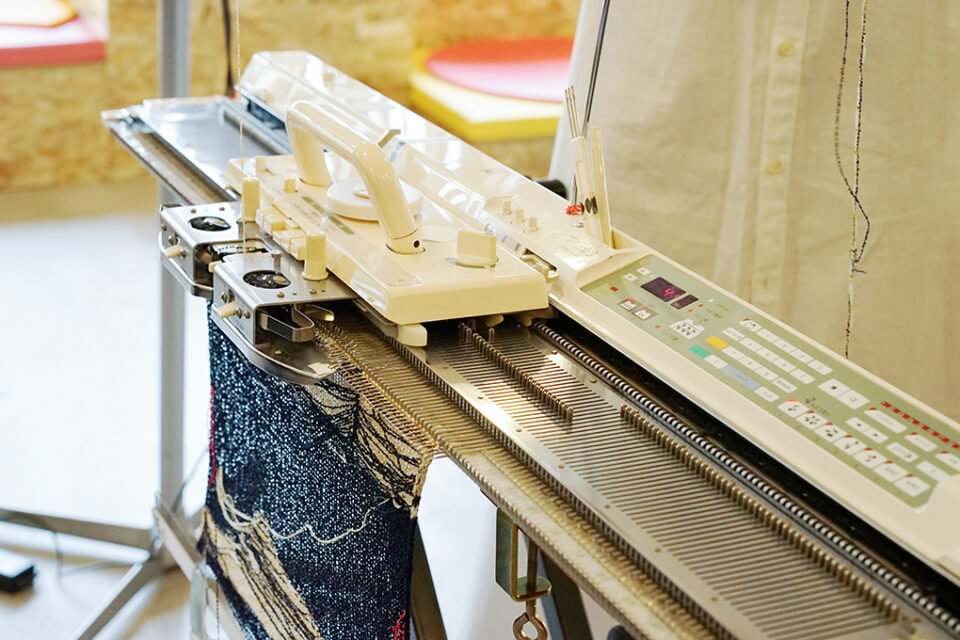KNIT MAGAZINE
- Knit Products
The History of Knitting: From Ancient Times to Medieval Masters

- Post date:
- December 5, 2023 07:00
- (Update: November 17, 2023 00:45)
KNIT MAGAZINE


This time, we explore the history of knitwear, delving into the origins of the knitwear world that is familiar to everyone. Additionally, we aim to understand when knitwear made its way to Japan
Table of Contents
The origin of knits can be traced back to ancient Syrian and Egyptian ruins, where evidence of knitting, including hats and socks made with pointed needles, has been discovered.
Knitting gained traction in Europe during the 4th and 5th centuries, particularly in regions where wool production thrived. The necessity for warmth in the face of Europe’s low temperatures contributed to the natural spread of knitted garments.
Initially, knitting was done by hand. However, in the 11th and 14th centuries, the introduction of two-bar needles led to a significant development, making knitting a popular cultural activity in Europe.

After the 14th century, socks and gloves gained popularity among the upper class and medieval knights.
Subsequently, a union of knitting craftsmen, known as a guild, was established. After six years of training, individuals were granted the qualification of a knitting master for the first time. During that era, the majority of knitting masters were men.

In Europe, the fully-fashioned knitting machine, an automatic molding machine, was invented in the latter half of the 1800s, enabling mass production. Today, full-fashion knitting machines have become obsolete, and small knitting machines have become the mainstream.
However, these fully-fashioned knitting machines continue to exist not only in Europe but also in Japan, with some still in operation. (Currently used by renowned overseas brands)
When did knitwear arrive in Japan?
Originally, sheep, the source of wool, were not native to Japan. In a country where clothing was primarily woven, knitting arrived quite late.
It is believed that hand-knitted gloves and socks were introduced to Japan around 1600, just before the Edo period, by Portuguese and Spaniards. The term ‘knitted fabric’ can be found in Nanban trade literature from that time.
The oldest surviving silk and cotton socks are said to have been worn by the Mito feudal lord Tokugawa Mitsukuni. (Mr. Komon!)
Following this, hand-knitting gradually spread to the general public and gained popularity in various items such as socks, gloves, inro hangings印籠下げ, undershirts襦袢, and momohiki股引.
During this period, the leaders in hand-knitting were the skilled craftsmen (internal jobs) of Oroku samurai and ronin小禄の武士や浪人.

In the Meiji era, knitted fabrics, known as “<Bakudaisho莫大小>” and “<Meriyasu目利安>”, gained popularity gradually.
During this period, Japan started producing machine knitting machines by imitating overseas models, marking the first instance of domestic production. This led to a rapid spread of machine knitting, and in 1888, machine-knitted socks were exported to Qing (present-day China) for the first time, sparking the development of the knitting industry in Japan.
In the Taisho era, production expanded to include socks, gloves, underwear, and more, with increased exports worldwide. Post-World War I, the Japanese knitting industry reached European standards.


Furthermore, in 1954, Brother Industries released a household knitting machine, making ready-made products more affordable and leading to widespread use. Sweaters began to be knitted in households across Japan. (When I was a kid, I even convinced my brother to unravel his old hand-knitted sweater so I could knit my own!) After that, Japan entered a period of high economic growth, and the importance of hand-knitted sweaters decreased as ready-made products became more common. This trend has continued to the present day.
Knitwear, now a commonplace part of our wardrobes, has a rich history. Moving forward, I’ll cherish it even more.
Image source:
https://ameblo.jp/knitlabo/entry-11731431552.html
Bushoojapan.com/tomorrow/2019/02/10/94340
Https://news.merumo.ne.jp/article/genre/6413198
Http://blog.livedoor.jp/reunion253/archives/52071442.html
Subscribe Now
To receive the latest updates and insights, subscribe to our newsletter.
Contact Us
For further inquiries regarding this article, please feel free to contact us.